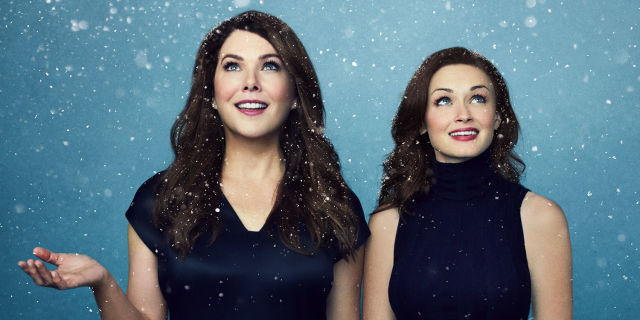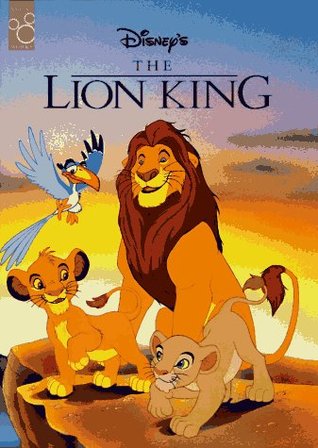
After years of long-term fans patiently awaiting an update from our beloved Stars Hollow, Netflix brought us a six part mini-series, Gilmore Girls: A Year in The Life, to revisit the Connecticut town.
If you’re a diehard fan of the series, you’ll already feel optimistic about seeing familiar faces and the set we know and love. The problem is, as the series go on, it’s hard not to see the cracks in our inevitably high expectations.
When we watched Gilmore Girls, it was a female triumph – a celebration of Rory and her academic accomplishments, Lorelai’s tenacious attitude to her business aspirations, and above all a confirmation of what we already knew; women don’t need a man to complete their lives. Of course they had their faults, Lorelai was often immature and irresponsible as a mother and frequently spoiled the beloved Rory.
In the last few episodes of the early-aughts classic, we watched Lorelai say goodbye to her budding daughter journalist going off to join Barack Obama’s campaign bus. We were ready for her to successfully conquer the world and make her mark writing about it. We hoped Lorelai would settle with Luke and the Dragonfly Inn would be a roaring success.
In the first episode of the new series it’s clear there are major changes in the cult show. The set is familiar, yet seems bigger and more detailed, and increased production values are reflected in how they actually filled coffee cups with liquid this time round. The cosy Luke’s Diner that we watched Rory grow up in has much the same feel, yet alongside the old “no cell phones” sign are ones that ban taking pictures of food, man buns and texting while ordering. The attention to detail helps bring the familiar town into the current year for long time viewers.
Much like the changes in the set, the characters make current pop culture references, to again indicate the time that has passed. Unlike the set changes, the references are in no way subtle and sometimes downright cringe-worthy. Kurt still has quirky business ideas, except this time he’s starting a company called “Ooo-ber”, a rip on Uber. The joke is overplayed and an awkward attempt to bring in relatable modern culture to entice new viewers. For original Gilmore Girl fans it didn’t fit in the same old-fashioned town we knew.
The storyline was worse than predicted. Rory wasn’t the success we thought she’d be and ended up back home not really working, a mistress to the awful Logan, viewers hoped to have seen the last of. Not to mention the addition of an unnecessary boyfriend that Rory kept forgetting about, a gimmick that came across mean and unfunny. The absence of Melissa McCarthy left a huge hole, leaving the series without the infectious friendship between Sookie and Lorelai. Even when she did appear for one episode, the on screen chemistry we longed for was nowhere to be seen.
Then we get to the weird, irrelevant musical break that ran across the ‘Summer’ episode. Frankly, if they were to remove that whole detour from the story, there would be no difference to the series. With so many unanswered questions yet to answer, dedicating over 10 minutes of screen time to whole musical numbers was annoying and confusing.
The musical addition wasn’t a total waste of time. The song that spoke to Lorelai, ‘Unbreakable’, gave insight into how fragile the strong, independent woman could be, especially when it comes to love. This message didn’t need so much screen time, that one song would have sufficed.
The series had moments of the old spirit that viewers were looking for. One of the highlights was the secret bar that had to be packed up in a minutes notice when Taylor was in sight. These moments made the series enjoyable and nostalgic, but were simply too far and few between.
As we watched the cycle start afresh with the infamous last four words, the audience was left with a sense of disappointment and frustration. An outcome that was, unfortunately, inevitable when directors try recreate a beloved series of a generation. Perhaps it was best left in the aughts.
Hannah Kelly



